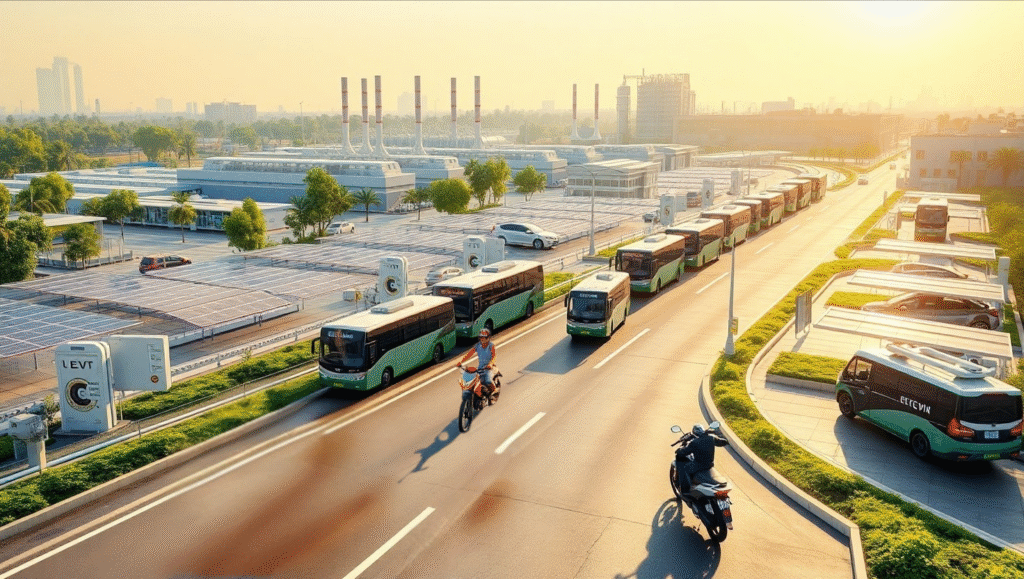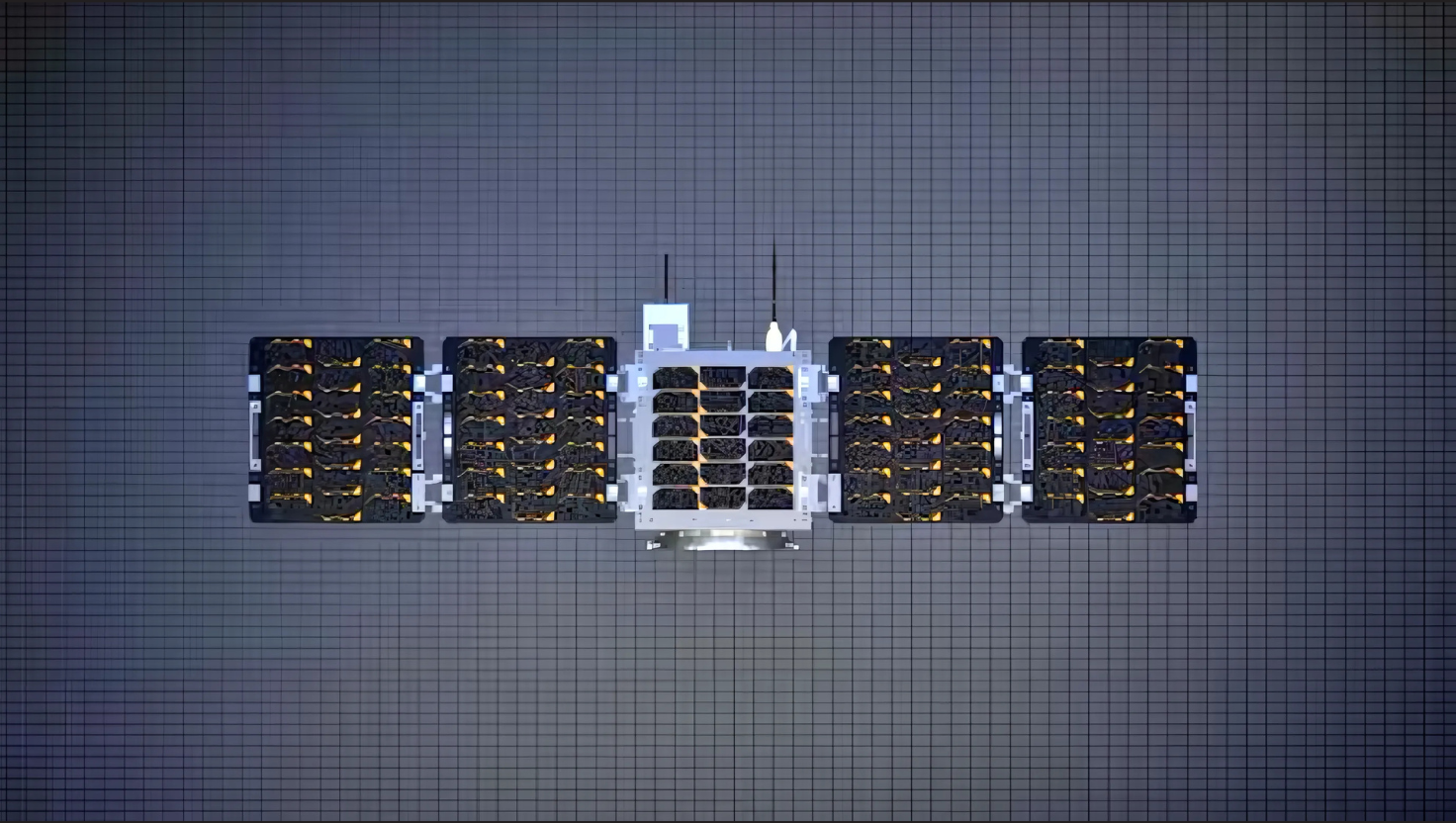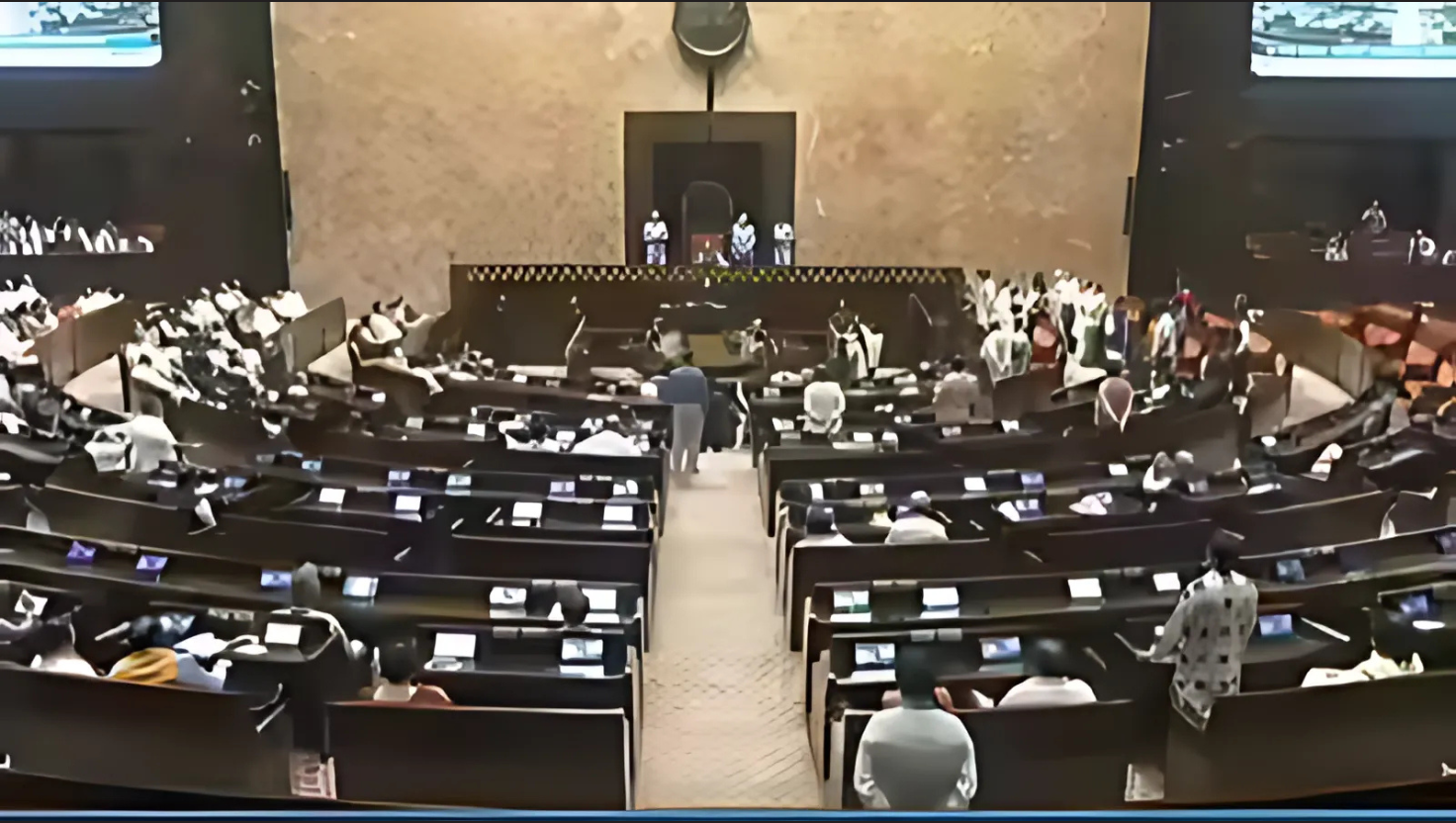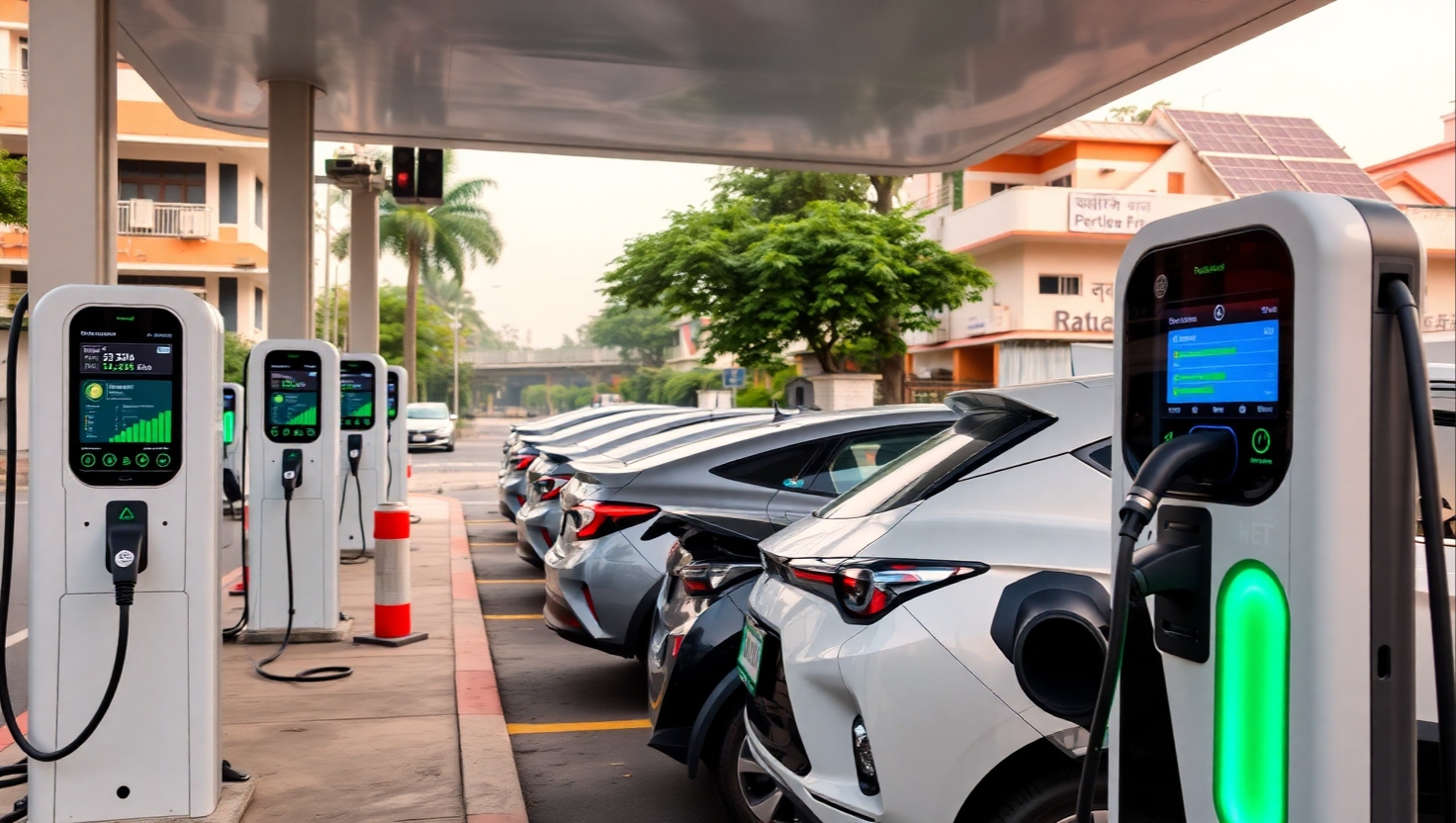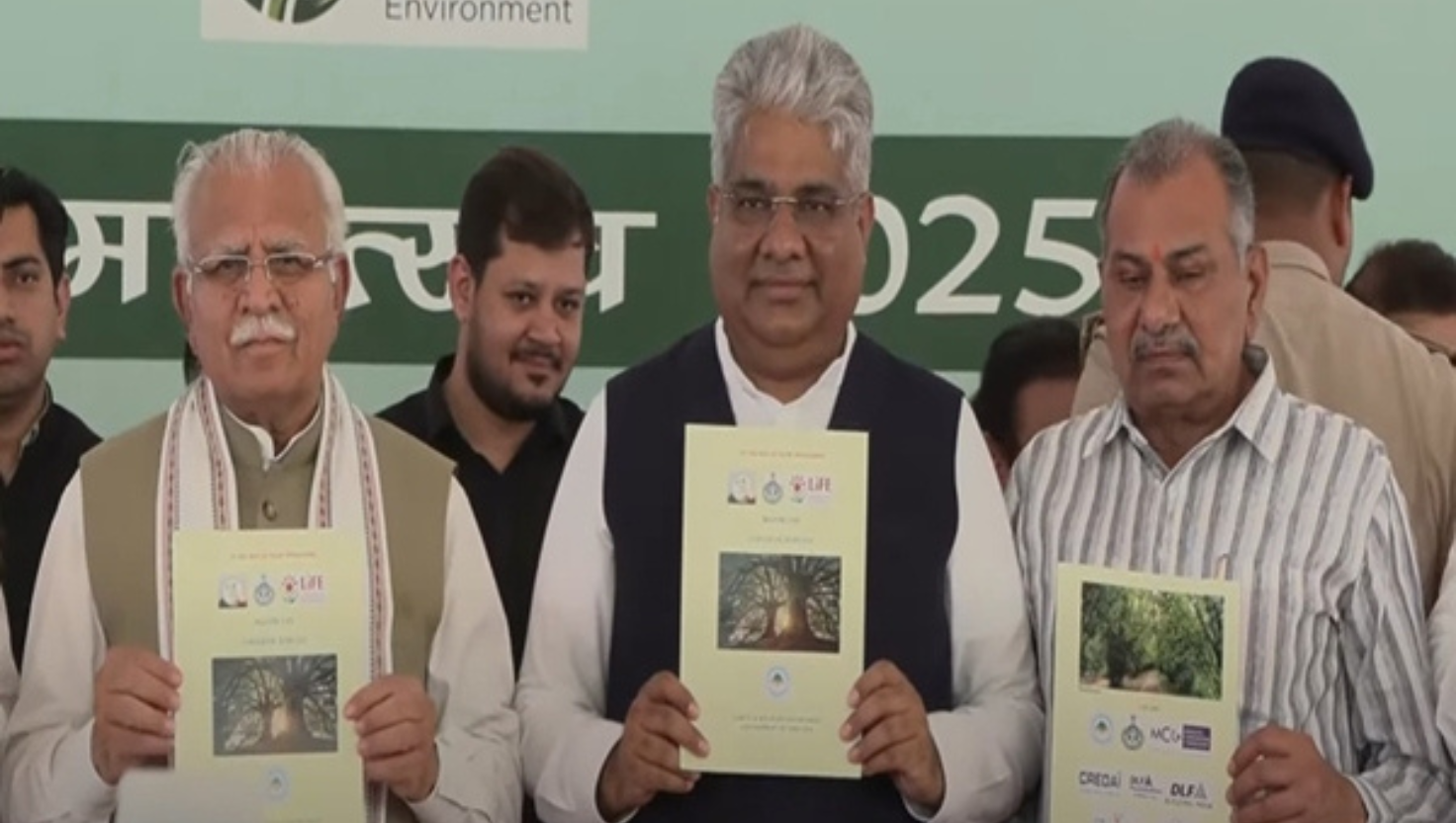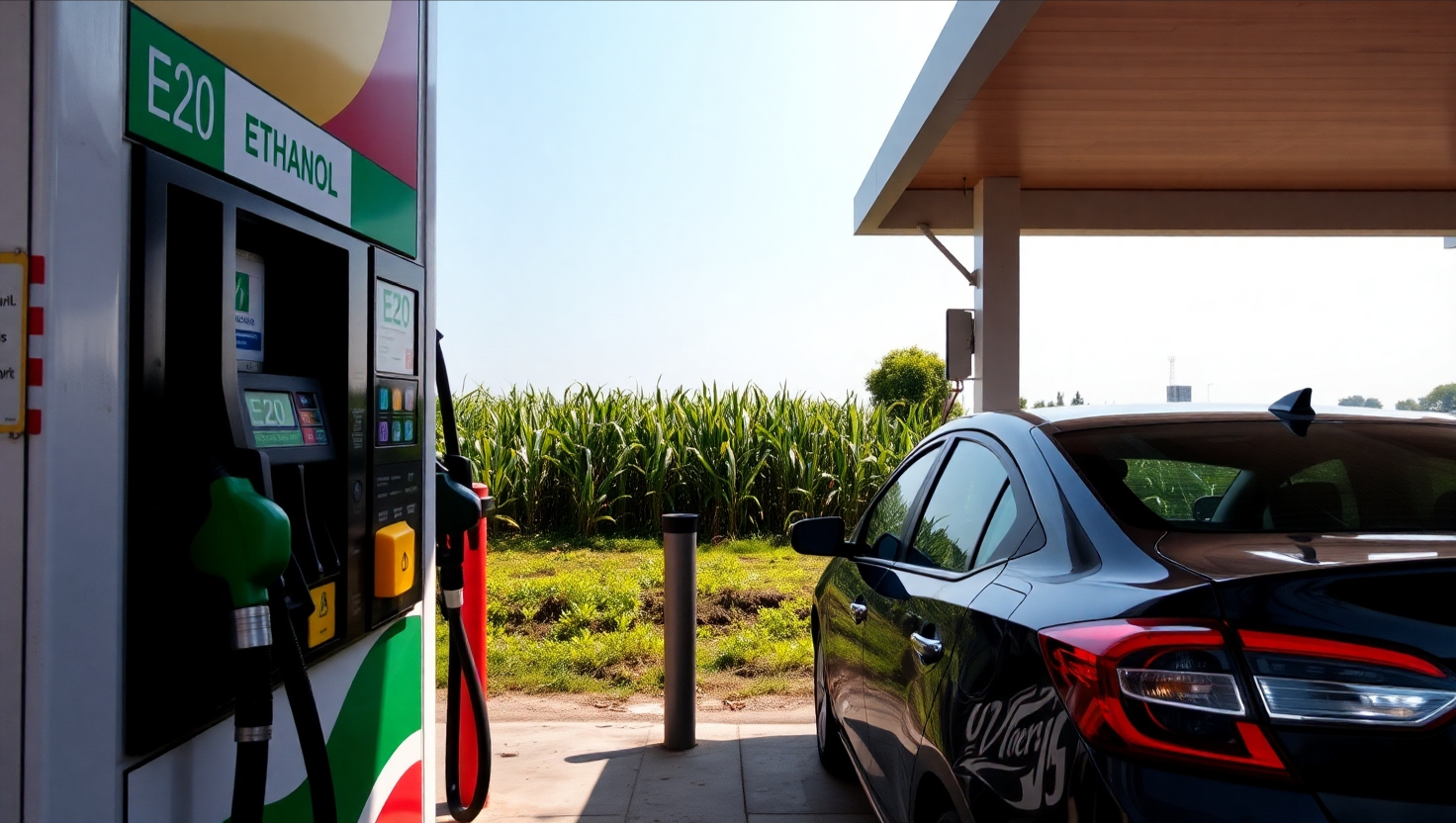Unlocking a $200 Billion EV Opportunity – NITI Aayog Report
Syllabus: Energy, Infrastructure, Environment (UPSC GS III)
Source: PIB
Context
NITI Aayog has released a report on India’s roadmap to a $200 billion electric vehicle (EV) market by 2035. It outlines reforms, investment priorities, and strategies for rapid EV adoption.
Key Highlights
1. Market Potential & Impact
- EVs could create a $200 billion market by 2035 through manufacturing, jobs, and clean mobility.
- Potential to avoid 1 gigatonne CO₂ emissions and save ₹3.7 lakh crore in oil imports.
- EV share in vehicle sales rose from 0.5% (2018) to 7.7% (2024).
- Over 6.5 million EVs on roads; 12 lakh registered in 2024 alone.
2. Infrastructure Needs
- Current public chargers: 25,000 (Oct 2024).
- Required by 2035: 2.9 million.
3. Policy Progress
- 29 States/UTs notified EV policies; 4 more in draft stage.
4. Battery Demand & Jobs
- Battery requirement: 250+ GWh/year by 2035.
- Job creation potential: 10+ million direct & indirect jobs in manufacturing, services, charging, and recycling.
5. Energy & Carbon Savings
- Savings of 474 MTOE oil equivalent and 839 MtCO₂e emissions by 2035.
Opportunities from the EV Shift
- Energy Security: Lower crude imports, stronger forex position.
- Green Manufacturing: Boost to domestic production of EVs, batteries, and components.
- Urban Mobility: Cleaner, shared public transport.
- Innovation: R&D in battery tech, software, and mobility platforms.
- Sustainable Infrastructure: Development of smart grids and efficient charging networks.
Five Priority Actions
- Stable Policy Framework: Long-term central–state alignment to attract investment.
- Affordable Finance: Green loans, credit insurance for buyers.
- EV Value Chains: Build domestic capacity for batteries, motors, electronics, and recycling.
- Charging Expansion: Scale to 2.9 million public chargers by 2035.
- Adoption Incentives: Subsidies, tax cuts, and carbon credits to offset high initial costs.
Challenges
- High Upfront Costs due to expensive batteries.
- Financing Gaps for MSMEs and informal sector buyers.
- Uneven Charging Access beyond metro cities.
- Low Recycling R&D for batteries and components.
- Policy Fragmentation across states.
Way Forward
- National Coordination: A mission-mode approach like EV@30.
- Battery Localisation: Domestic cell production and mineral sourcing.
- Unified Green Transport Fund for EV infra, subsidies, and public transport electrification.
- EV Readiness Index: State-wise competition through dynamic tracking.
- Just Transition: Retraining ICE workforce for EV sector jobs.
Conclusion
India’s EV transition is a climate necessity and economic opportunity. With decisive action on financing, localisation, and infrastructure, India can lead in affordable, inclusive, and sustainable electric mobility, while boosting energy security, jobs, and technology leadership.

